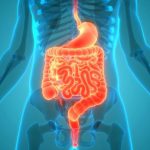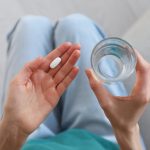
Treating depression with talk therapy may provide protection against heart disease, new research suggests. As depression lifts, people may begin to engage more in healthy eating and exercise, investigators believe. In a study of nearly 637,000 people who took part in talk therapy offered by the United Kingdom’s National Health Service (NHS) between 2012 and 2020, those whose depression symptoms improved were 12% less likely to develop cardiovascular disease, including coronary heart disease, stroke and death, researchers found. “It is the first time that such a link is established; however, it is important to note that our study does not prove a causal effect, namely that the lower likelihood of developing cardiovascular disease is caused by the psychological therapy,” said lead author Celine El Baou, a research assistant at the Dementia Research Center of University College London. More research is needed to understand these findings better and the mechanisms involved, which could be biological or linked to lifestyle behaviors, she said. Globally, cardiovascular diseases such as stroke and heart disease are the No. 1 cause of death, claiming 18.6 million people worldwide in 2019, according to the study. “The study suggests that talking therapies for depression may also help in reducing the future risk of cardiovascular disease,” El Baou said. “So it is important that therapies are made as effective and accessible as possible.” Talking… read on > read on >


















